If you were a biscuit, which would you be?
If you were a biscuit, which would you be?
Conference ice breakers for your next meeting, now that lockdown is over.

So that’s an interesting question, right? If you were a biscuit what would you be? In our office, there is definitely a wafer – pretty, but very light-weight, and Romany Cream – seemly hard on the outside but lovely on the inside.
With lockdown being over (for now), we are back conferencing, meeting, and socialising – all with responsible measures in place of course.
But most people feel a bit awkward right now. Can you even remember what an in-person structured meeting feels like? Any good boss or meeting organiser would understand this and need to find a way to make it easier for all, and this is where the ice breaker comes in. A bit like a pick-up line in a bar, but nicer.
The purpose of an ice breaker is to get the delegates around the table to get to know each other a bit better and can often be a great conversation starter. We look at a few fun ways to get the ball rolling in your next meeting – the suggestions below work best in smaller groups:
- ICE BREAKERS.
- BRAIN FOG.
- BRAIN FOOD TIPS FOR EFFECTIVE MEETINGS FROM HOTELS GROUPS THE WORLD
- MUST–HAVE BRAIN FOODS AT YOUR NEXT CONFERENCE
ICE BREAKERS
Daft Question
The daft question must be our favourite – it kick starts your creative mind right away and tells you something about the person if you are in any way inclined to psycho-analyse those around the table.
Stepping away from the confectionaries for a moment, other favourite questions include:
- If you were a wrestler what would be your entrance theme song?
- What’s the weirdest thing about you?
- If you could have one superpower, what would it be?
- What’s your hidden talent?
- What does your favourite shirt look like?
- If you were stranded on a desert island, what three things would you take?
- If you were an animal what would you be?
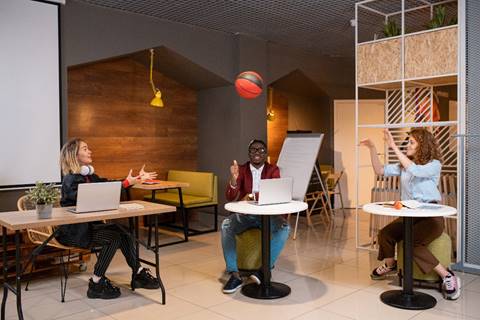
Get a beach ball and throw it around. The person with the ball must answer the question next.
Two truths and a lie
Let’s see who will be the best card players around this table. We are looking for a champion poker face. With this ice breaker, each delegate takes a turn to introduce themselves by name, then states three ‘facts’ about themselves. One of the facts is a blatant lie. The rest of the team gets a minute to chat amongst themselves to agree on which statement is a lie. It’s a great way to get the team to go into problem-solving mode as a unit and lays foundations for problem-solving later on in the meeting where teamwork may be of the essence.
The would-rather questions
Would rather questions are a great way to get some insights into the personalities around the table.
Here are a few “Would You Rather” questions to get you started:
- Would you rather only have summer or winter for the rest of your life?
- Would you rather go on a hike or see a movie?
- Would you rather never use social media sites and apps again, or never watch another movie or TV show?
- Would you rather have a horrible short-term memory or a horrible long-term memory?
Speed meeting
We are returning to the speed dating concept again which seems to have a consistent success story. It’s a very basic 1-minute elevator pitch about yourself.
It is best to use a bell or buzzer to keep the delegates (or their answers) moving – someone needs to keep time to prevent chatty Charlie from carrying on about himself for 5 minutes. This can be done by simply going around the table verbally, or have delegates move between tables. This is a great way to make sure that no one is left out of the process.
Meet three people
Coffee breaks and lunch are often overlooked as networking time. And sometimes you just need a bit of help to get the conversation going. So create some structure and ask delegates to meet three people during the break and to ask them: “So what’s your story?”
BRAIN FOG

Brain fog is real. Not only for those who had Covid, are in menopause or pregnant.
Given the fact that we need to embrace all the opportunities we have to enhance our brainpower, we are taking a few minutes to look at brain food.

Celebrity Chef Jamie Oliver knows a thing or two about bringing out the best in brains by feeding it superfoods. Oliver believes that our meals and snacks should be “wholesome and nutritious, beautifully presented and delicious.” And when the agenda calls for concentration and learning, we should eat foods that boost brainpower.
According to meetings-conventions.com, the “brain food” movement is based on scientific evidence that mental factors like mood, motivation, and intellectual performance are powerfully influenced by diet. The site explains: “This has clear implications for meetings, suggesting that F&B can play a role in forwarding a group’s goals and agenda.”
As a result, several hotels are adapting their food offerings to ensure that meeting organisers get the outcomes they need from their meetings. Scandic Hotels asked Oliver to have a look at their food offerings in the meeting space. As a result, Jamie introduced menus with more soups and salads with fresh seasonal items.
Andrea Sullivan, president of BrainStrength Systems, explains that “certain foods produce chemicals in the body that can be building blocks for neurotransmitters, feeding the brain well throughout the day” and this leads to better absorption of information.
Afternoon slump
We are all too familiar with the afternoon slump after a starchy or sugary lunch. What happens in our bodies to have his effect? The learned term is “postprandial somnolence”. Wikipedia explains this impressive term as follows: Postprandial somnolence (colloquially known as the itis, food coma, food drunk, after dinner dip, or postprandial sleep) is a normal state of drowsiness or lassitude following a meal.

What happens, in a nutshell, is that eating causes blood sugar to rise, and a dip in energy may follow. Alcohol intake contributes to the tiredness.
This can be prevented by keeping glucose levels steady. Eating proteins (meat) with complex carbohydrates such as fresh fruit and veggies, is a good way of keeping the blood sugar levels steady.
Eating meat
Red meats produce a chemical called tryptophan in the brain. This is a building block for serotonin, which gives us a sense of tranquillity. All good and well if that is what you are aiming for, but not ideal in a meeting environment where you need lively input and ideas from your delegates. So the red meats are best spared for dinner meals, and not for lunchtime.
Fats
Your body has a hard time processing fatty foods. Cheese burgers for instance provide more energy but make your digestive system work that much harder. This reduces oxygen levels in the brain and making us sleepy.
BRAIN FOOD TIPS FOR EFFECTIVE MEETINGS FROM HOTELS GROUPS THE WORLD:
Several international hotel groups from around the world have cottoned on to the brain food movement, and as they are in the business of delivering a service and create happy customers – in this case, meetings with positive outcomes – steps have been taken to minimise the food coma and maximise brainpower. Let’s not forget that food is after all fuel, and what you put in your body will have a greater effect than you can imagine.
- Hyatt Hotels & Resorts.
Tips: Use fewer sugars and white flours, and more whole grains, fiber, and protein.
Offer vegetarian options during the day and smaller lunch portions with chicken and fish are recommended.
- Marriott International.
Breaks are about energy and include whole grains, fruits, vegetables, and antioxidants. Main dishes should use whole-grain pasta and barley risotto instead of dishes with sticky-sweet glazes and fat content is minimised.
- Omni Hotels & Resorts.
A few years ago, Omni introduced its Sensational Meetings program which was developed with the Culinary Institute of America. Several themes are paired with food items that enhance the desired outcome:
Energetic meetings (e.g. training sessions, planning, and think tanks) included stimulating flavours such as ginger and rosemary. This was combined with vitamin-infused drinks like cranberry shooters and vitamin waters.
Challenging meetings – typically negotiation – called for a relaxing palate of foods such as sushi or herb-roasted chicken. Aromatic teas and cinnamon-spiced drinks added to this sense of wellbeing and calmness.
- Westin Hotels & Resorts.
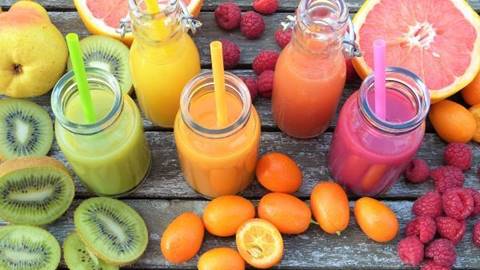
This hotel group is known for its wellness approach and incorporating some of its best practices in your next meeting, makes a lot of sense. A winning formula is to use current food items and refresh them with healthy ingredients.
The Westin introduced smoothies in the morning break and wholegrain sandwiches with avo and salmon. Their afternoon break included nuts, popcorn, and salads with minted orange, green apple, and a dash of cinnamon yoghurt. Not only does his sound delicious, but it will also keep your brain firing away.
MUST–HAVE BRAIN FOODS AT YOUR NEXT CONFERENCE:
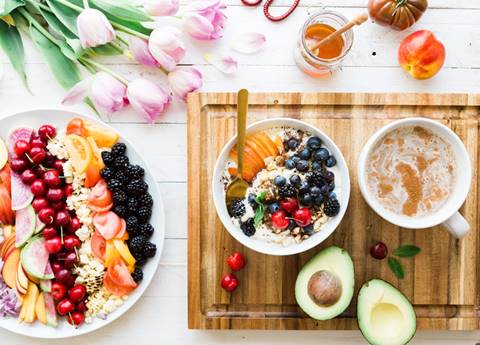
It’s easier than you think to incorporate healthier foods at your next conference.
- Nuts
Nuts are a healthy snacking alternative. But like most things in life it also needs to be snacked on in moderation. A quarter cup of walnuts provides over 90% of the recommended daily value of Omega-3 fats. Omega-3 fats are the good guys which help in relieving stress. A handful of walnuts reduces cortisol levels related to stress and also improves the levels of good cholesterol.
- Peanut Butter
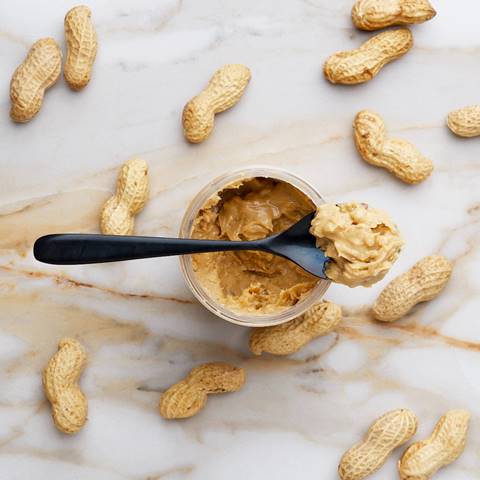
Who doesn’t love peanut butter? We all grew up with it and should continue snacking on it. This could be on a healthy piece of full grain toast or spread over apple slices or celery. Peanut butter provides healthy fats and vitamin E.
- Blueberries
Blueberries can cure a sweet tooth, is great with a bit of yoghurt as a snack, and have been linked to a very interesting study done on 122,000 registered nurses over 6 years. The outcome of the study found nurses who ate the most blueberries and strawberries delayed their memory decline up to 2.5 years.
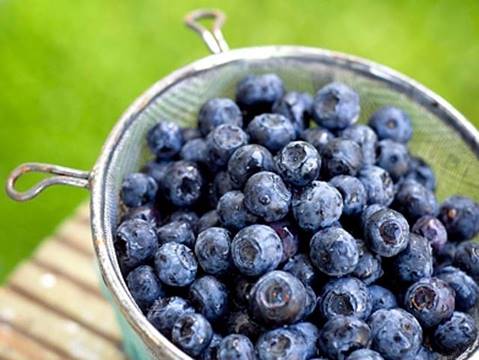
CBS News medical correspondent Dr. Holly Phillips reported that flavonoids were likely behind the brain boost. “Flavonoids have antioxidant and anti-inflammatory properties, and according to Philips, stress, and inflammation contribute to a decline in brain functioning, and increasing flavonoid intake can slow those harmful effects.”
- Dark chocolate
Thank goodness not all sweet things are evil – dark chocolate has a little caffeine and a lot of antioxidant-rich cacao. Once again this should be taken in moderation, perhaps as chocolate sprinkles over an existing dish or in yoghurt.
- Avocado
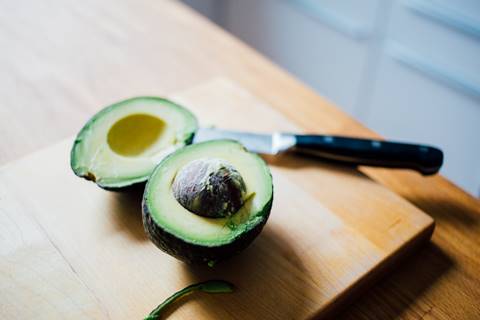
Although avo prices have shot through the roof, it still is an excellent source of vitamin E. Research suggests it lowers the risk of developing Alzheimer’s. When in season this can be used mildly in salads and as snacks.
- Coffee
We are saving the best news for last – coffee is good for you. The two main components in coffee — caffeine and antioxidants — help your brain. The trick is not to have it with heaps of sugar which will spike your sugar levels.

Coffee is high in antioxidants, and Healthline highlights some additional benefits:
- Increased alertness: Caffeine keeps your brain alert by blocking adenosine, a chemical messenger that makes you sleepy.
- Improved mood: Caffeine may also boost some of your “feel-good” neurotransmitters, such as serotonin.
- Sharpened concentration: One study found that when participants drank one large coffee in the morning or smaller amounts throughout the day, they were more effective at tasks that required concentration.
It seems fit to end our article with the benefits of coffee since we started the conversation establishing what kind of biscuit you are. The two have always been partners in crime and will continue to be partners in times to come. The decision is yours – will your biscuit breaks induce a food coma or could it perk up your brain for the next round of meetings? Life is about choice, after all.
Click here to see Umthunzi Hotel’s latest Conference Special and be sure to ask them for good quality coffee, filled with caffeine and antioxidants!
ABOUT THE AUTHOR
CHRISTA BADENHORST




